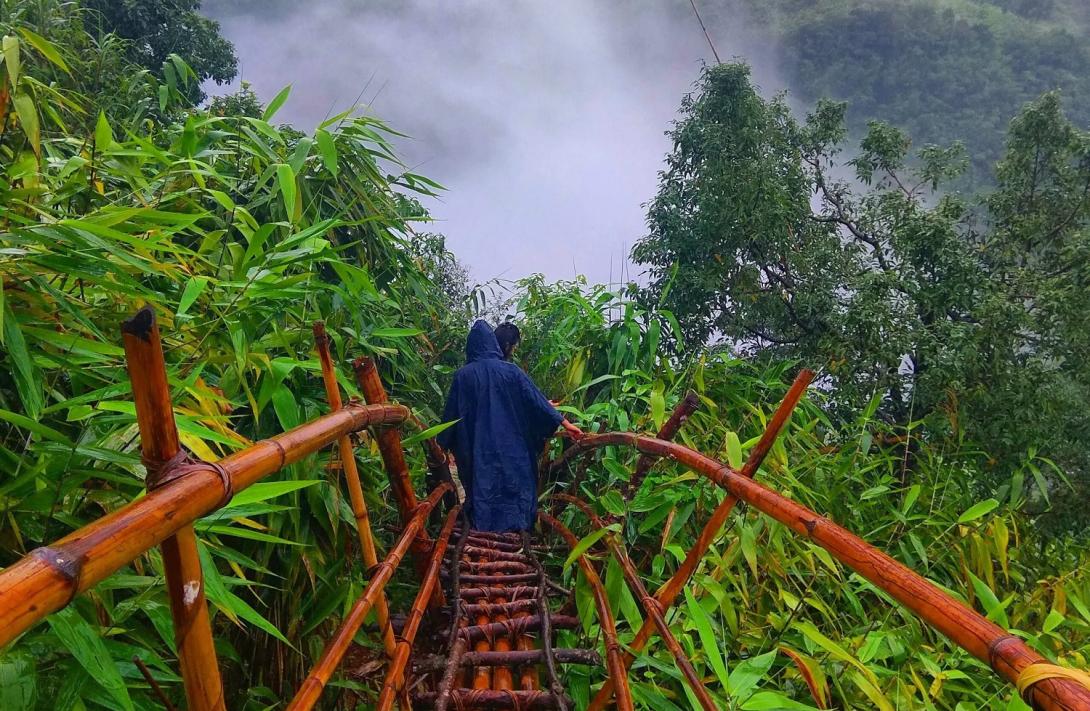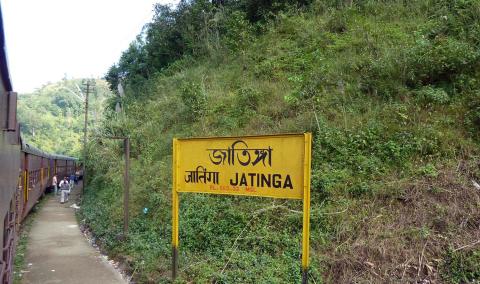
Meghalaya, India's verdant north-eastern state, is synonymous with cascading waterfalls and living root bridges. Yet, beyond the well-trodden tourist paths, lies a realm of untapped adventure. Wahkhen, a remote hamlet nestled in the East Khasi Hills, is the gateway to one such expedition: the ascent of U Mawryngkhang, the King of Stones.
Approximately 50 kilometres from the state capital, Shillong, Wahkhen is a world away from the bustle of city life. Reachable by a winding road from Pomlum village, the hamlet is a tranquil enclave where time seems to move at a slower pace. The Khasi people, renowned for their oral traditions, have woven a rich tapestry of myths around the region. U Mawryngkhang, according to local legend, was a formidable king whose tale of love, war, and tragedy is etched into the landscape.
For the intrepid traveller, the allure of Wahkhen lies in the trek to its namesake peak. The journey is as much about the path as the destination. A bamboo trail gives way to a rugged ascent, with the crystalline Umrew River providing a constant companion. The route is punctuated by breathtaking vistas, perilous bamboo bridges that test the nerves, and the invigorating spray of cascading waterfalls.
Reaching the summit of U Mawryngkhang is a triumph of human spirit over nature. The panoramic view from the peak is a reward in itself, offering a breathtaking perspective of the surrounding valleys and gorges. It is a place of reverence for locals, and visitors are advised to respect the site’s sacred significance.
While the trek is undoubtedly challenging, it is also a cultural immersion. Wahkhen boasts a traditional music school, a testament to the community's dedication to preserving its heritage. Though accommodation is limited, the opportunity to stay with a local family can provide an unforgettable experience.
As Meghalaya seeks to expand its tourism horizons, Wahkhen and U Mawryngkhang offer a compelling proposition. A destination driven by community initiative rather than government intervention, it stands as a symbol of rural resilience and the enduring allure of the unexplored.





Add new comment